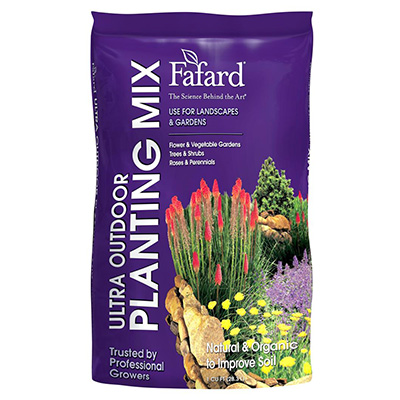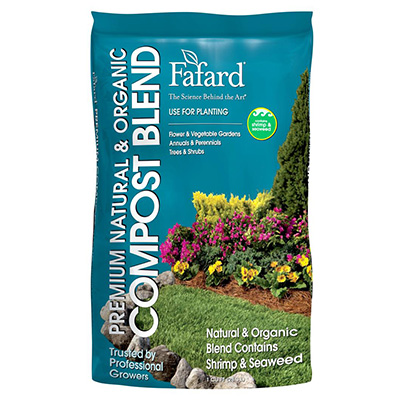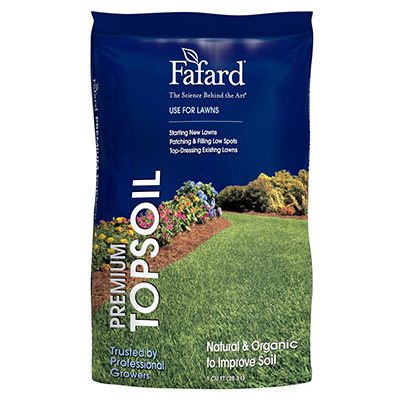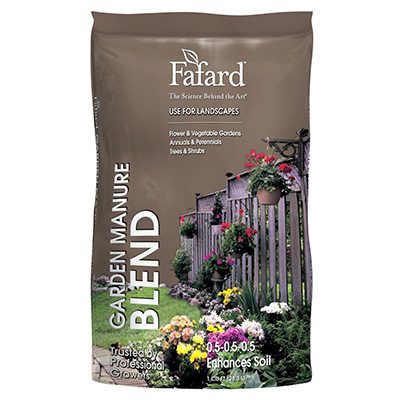

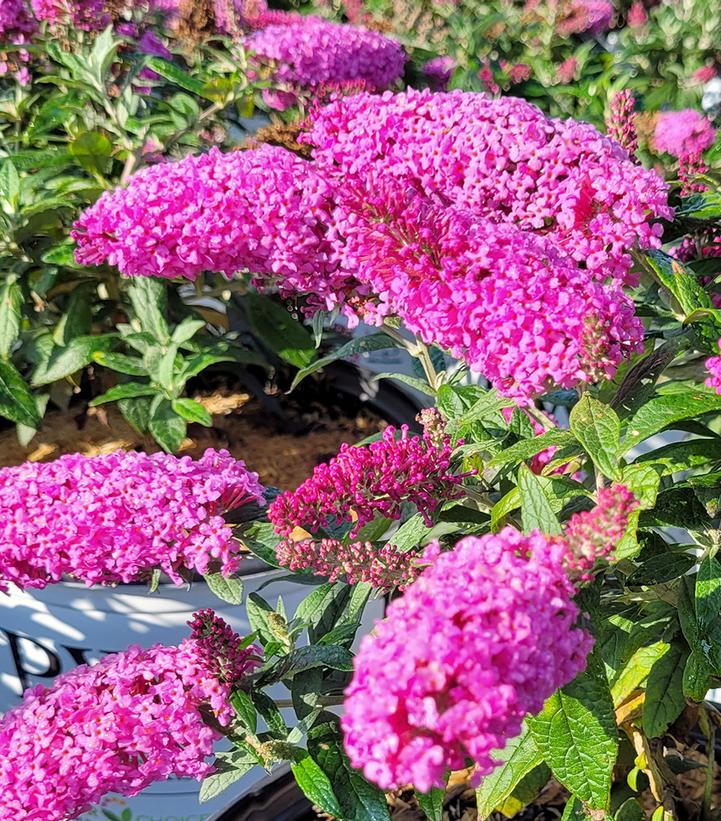



Buddleia x Pugster Pinker®
Pugster Pinker® Butterfly Bush
- Supports bees
- Attracts butterflies
- Deer and rabbit resistant
- Fragrant flower
- Continuous bloom or reblooms

- Category: Shrub
- Alternate Cultivar: 'SMNBDB'
- Patent: PP33565
- Breeder: Proven Winners
- Hardiness Zone: 5-9
- Height: 24-30 in
- Spread: 24-30 in
- Bloom Color: Pink Shades
- Foliage Color: Green Shades
Purchase options for Pugster Pinker® Butterfly Bush
- Size: 3 Gallon 15-18"
- Status: Sheared and/or Dormant
- Availability: Online
$64.00
Success Starts With Soil
Fafard Premium Natural & Organic Compost
$12.99
Add To CartFull-sized flowers on a dwarf plant! Meet Pugster Pinker™ butterfly bush - the newest member of a unique series that offers full-sized flowers on dwarf plants. This compact butterfly bush reaches just 2'/.6 m tall and wide but has the large, full flowers normally seen on a much larger plant. It blooms non-stop from early summer through frost with very rich pink flowers, each with a tiny bright orange eye in the center. Thanks to thick, sturdy stems, the Pugster® series offers vastly improved hardiness and winter survival over other types of dwarf butterfly bush.
Top reasons to grow Pugster Pinker butterfly bush:
- Rich pink flowers add drool-worthy impact to any garden or landscape.
- Produces full-sized flowers on a compact, dwarf frame.
- Thick, sturdy stems ensure better winter hardiness in zone 5 than other dwarf butterfly bush
Foliage Color
| • | Green |
Flower Color
| • | Pink |
Programs
| • | Proven Winners |
Exposure
| • | Full Sun |
Soil Moisture
| • | Wet Soil/Wetlands |
Growing Tips for Buddleia x 'Pugster Pinker®'
Plant in full sun for best flowering. Deadheading not required for continuous bloom. In clay soils, plant a bit higher than ground level to divert moisture away from the center of the plant.
With its dwarf habit and very large flowers, the Pugster® series of buddleia is ideal for perennial gardens, mixed borders, and containers. They also make a neat and showy edging.
Good drainage is essential. The combination of wet soil and cold temperatures is particularly detrimental.

